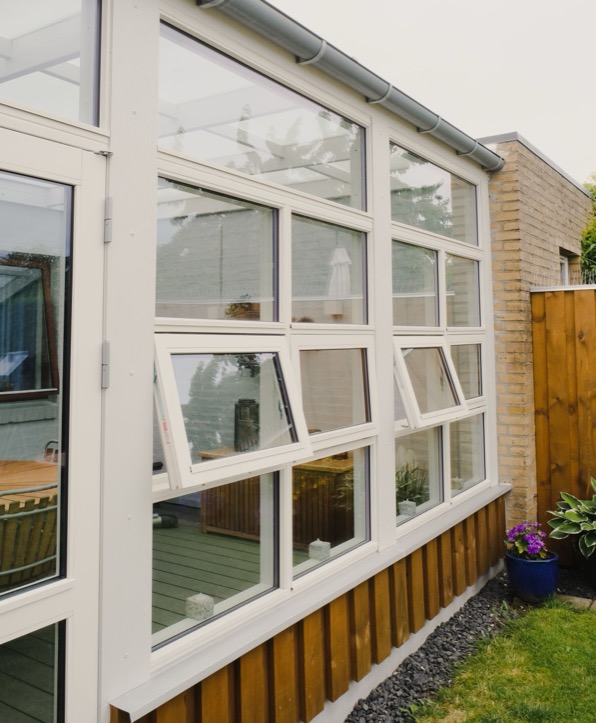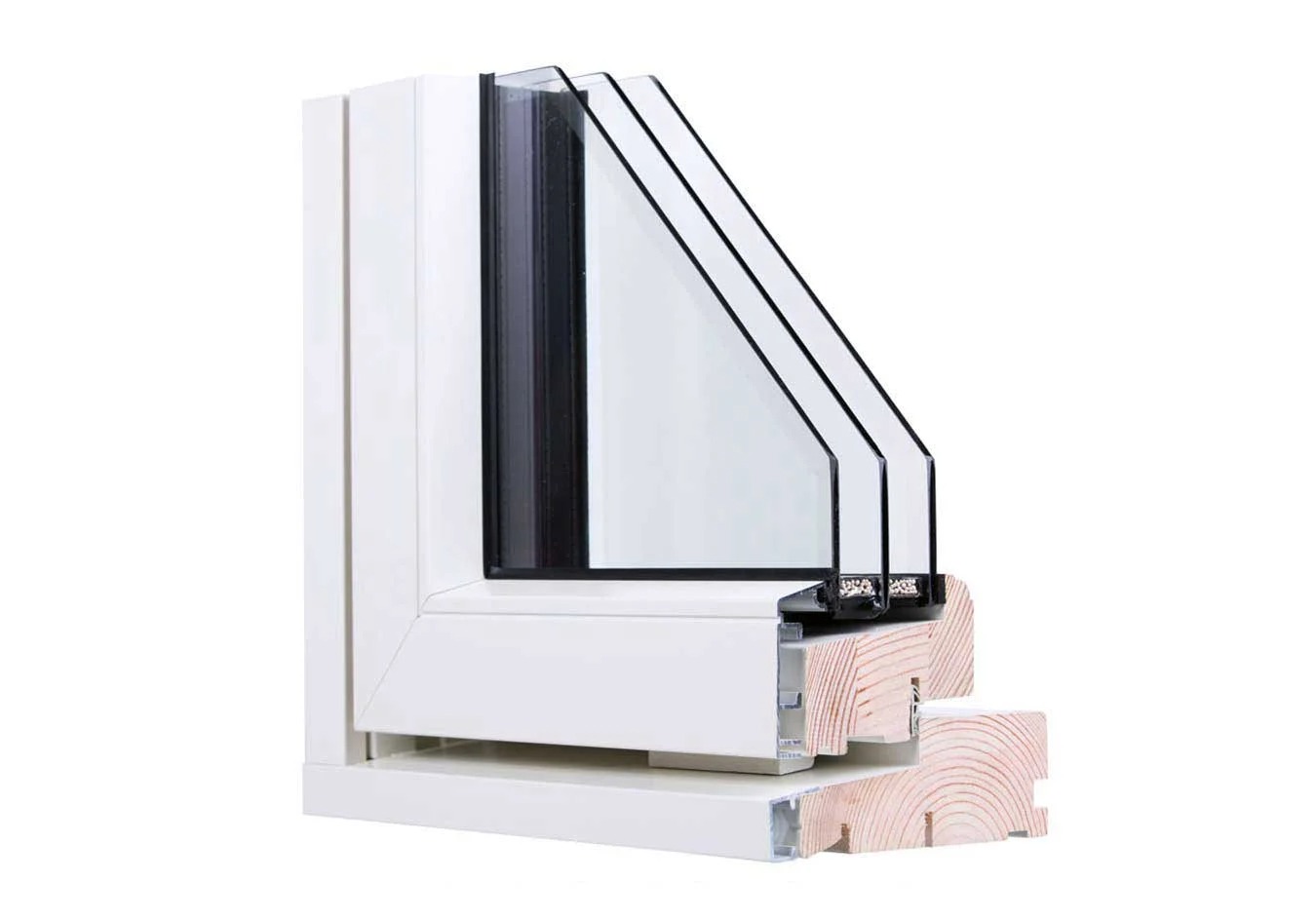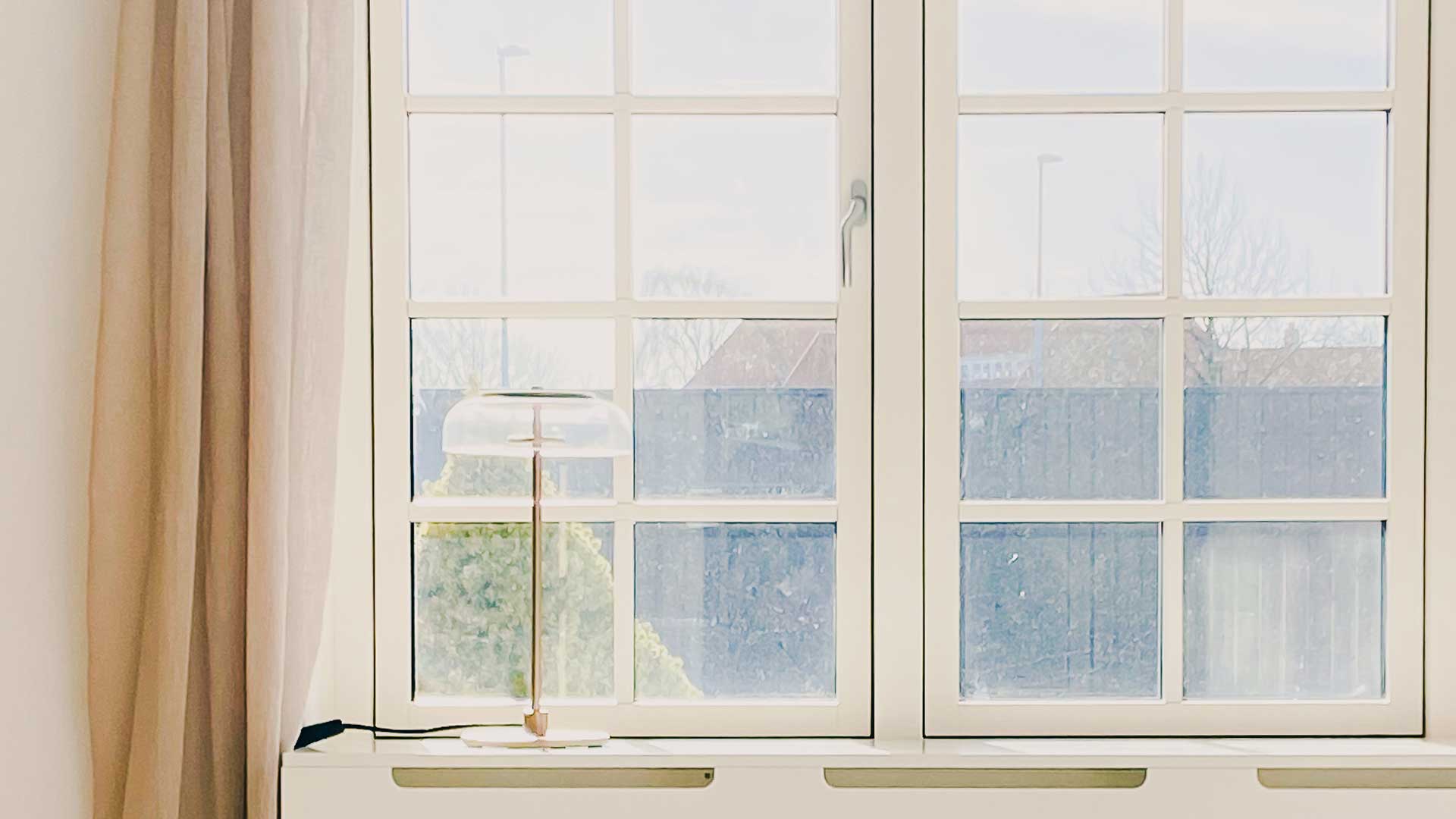
Energy Efficiency of Windows Explained
Table of content

With energy costs on the rise and likely to continue to be a big part of our budgets, it is more important now than ever to assess our homes for areas where small improvements could make a big difference in energy efficiency. Windows are considered thermal holes in your home’s insulation envelope, and turning up your thermostat by even 1° Celsius can add a whopping £90 to your energy bill, according to the non-profit energy group, Ebico .
How is Energy Lost?
To get a better understanding of how the energy efficiency of windows is compromised, let’s take a closer look at the various ways in which heat is lost and gained.
A process through which heat waves move from a warmer body to a colder body. The radiant energy is absorbed, just like when our cooler bodies are warmed by the sun’s heat waves. A pane of window glass will absorb the heat energy from inside your home and then directly transmit it out to cooler exterior air via radiation transfer.
About half of an average home’s heating and cooling energy is lost to the outdoors via air leakage, most of it from windows. This works just like it sounds: warm air leaks out around window connection points that are less than optimally joined. Weak spots include where the glass meets the frame, where the frame meets the sash, and where different frame segments meet each other. The tighter these areas are joined, the less air leakage you will experience.
Similar to radiation transfer, conduction is also the movement of heat to a colder body, but through a solid material. You have undoubtedly experienced this yourself when you have accidentally touched a hot pan on the stove with your relatively cooler finger. Heat was conducted through the solid material of your cookware to your body. In the same way, heat from inside your home can be conducted outdoors via the glass, frame and spacers of your windows – basically any of its solid materials.
Convection describes the transfer of heat that occurs when hotter, less dense air particles rise while colder, denser air sinks with the force of gravity, creating a self-perpetuating cycle. As your warm interior air passes by a cold windowpane, it is cooled and drops to the floor, stripping its heat over and over again. The warmer you can keep your interior glass surfaces, the more you will slow this natural convection process.
Ways to Combat Heat Loss
To improve the energy efficiency of windows, you need to target each of these areas in turn. The more you can mitigate these processes of heat loss, the better your home’s windows will perform and the lower your energy bills will be.
| Heat Loss Process | Mitigating Remedies |
|---|---|
| Radiation Transfer | Add a layer of glazing |
| Air Leakage | Seal air gaps and choose a fixed window style. |
| Conduction | Add layers of insulation, and find windows with frames and spacers made of less conductive material |
| Convection | Invest in multiple layers of glazing, choose windows with warm-edge spacers. |
Repairing or retrofitting existing windows with some of the above mitigating remedies will offer some benefit and is definitely better than taking no action. For more information on how to ensure proper window insulation, see our article here.
Undoubtedly the best thing you can do to combat heat loss in your home is to invest in new energy efficient windows, like those offered by Klar.
Key Qualities of Energy Efficient Windows
When considering replacing windows, be sure to keep an eye out for a product that includes the characteristics outlined below for maximum energy efficiency.
Double or triple glazing – several insulating layers of glass with air gaps between
Low-emissivity glass – features a metal oxide coating that reflects heat back into the home
Window frames of low conductivity material – such as wood, or an aluminium-clad composite
Warm-edge spacers – generally made from plastics as opposed to metal
Gas-filled pane gaps – consisting of argon, krypton or xenon
Pane gaps at appropriate spacing – optimally 16 mm, but acceptable between 10-18 mm
Window style where sash closes by pressing against the frame – such as awning, casement or hopper
To help you assess the energy efficiency of windows, the British Fenestration Rating Council (BFRC) has developed a rating system that assesses the overall performance of a window when taking heat loss, draughts and solar gain into account. As shown in the chart below, a rating of A++ implies maximum energy efficiency, moving down to the lowest rating of E.
FAQs
What windows are most energy efficient?
The most energy efficient windows are those with a high BFRC rating, such as A, A+ or A++. Additionally, it is widely recognized by industry professionals that new double and triple glazed windows are the most energy efficient windows on the market. Typically, these feature low-E glass, wood or composite frame materials, and 16 mm pane gaps filled with inert gas and warm edge spacers.
Do windows help with energy efficiency?
Windows are generally considered thermal holes, resulting in approximately 17% of your home’s heat loss, so they do not necessarily help with energy efficiency. That said, new technologies being developed now allow for windows to contribute to this aspect with improved insulating qualities and measures for combating heat loss.
What is a good efficiency rating for windows?
A high rating from the BFRC indicates a good energy efficiency performance for windows. A grade ranging from A to A++ denotes an energy positive score.


